I have a photo of my first-grade classmates taken at West End School, Fallon, Nevada, circa 1951. Standing tall, wearing overalls and a shy smile is Melvin Dummar, the only one of us in the photo to make the front page of “The New York Times,” on several occasions, let alone become the subject of a Hollywood movie.
Melvin left Fallon some years after the class photo was taken, and he finished school in Utah. For a while, he lived in Gabbs, Nevada. His story goes like this. One night, in 1967, he was driving through the Nevada desert, near Lida Junction, when he spotted a man dressed in rags lying beside the road. He thought the man might be injured so he picked him up, drove him to Las Vegas, and dropped him off where the man wanted to be dropped—the Sands Hotel. During the ride, his passenger told Melvin that he was the billionaire, Howard Hughes. Hughes died nine years later, and, according to Melvin, he (Melvin) received an envelope at the gas station he owned in Utah and was told to deliver the envelope to the headquarters of the Church of the Latter-Day Saints (Mormon Church) in Salt Lake City.
Inside the envelope, opened by church officials, was the famous hand-written Mormon Will, in which Hughes bequeathed one-sixteenth of his fortune to “Melvin DuMar of Gabbs, Nevada.” The church was also to receive one-sixteenth of the estate, valued at the time at about two billion dollars.
The discovery of the will created a sensation, to say the least. Lawyers for Hughes’ relatives pointed to misspellings and other discrepancies within the will, including their claim that the handwriting was not Hughes’. Several of Hughes’ associates testified that he never left the Sands during the time frame described by Dummar. With fortunes at stake, the probate hearings, held in 1978, drew the attention of the nation and resulted in the will being declared a forgery by a Nevada jury. Dummar received no portion of the Hughes estate, but neither were criminal charges filed against him, as the evidence of forgery was fairly thin. Dummar never wavered from his account of his meeting with Hughes.
The story captured the imagination of filmmaker Jonathan Demme, who directed the film, “Melvin and Howard,” released in 1980. “The New York Times” called the movie a tale of “a struggling Everyman, well intentioned, drowning in debt and dogged by bad choices, to whom something truly extraordinary might have happened.” The famed movie critic, Roger Ebert, said of the movie, “It’s a world of mobile homes, Pop Tarts, dust, kids and dreams of glory…, Dummar is the kind of guy who thinks they oughta make a movie out of his life. This time, he was right.” Demme even gave Dummar a cameo role as a man selling tickets at a bus depot.
In 2005, a retired FBI agent, Gary Magnesen, claimed to have found new evidence supporting Dummar’s story including the fact that Hughes’ closest employees remembered him entering the Sands on the morning of the encounter described by Dummar. They further remembered that he named Dummar as having picked him up in the desert. Magnesen thought that Dummar had been “steamrolled” during the legal proceedings.
To the contrary, writing in 2008, Las Vegas journalist and Hughes biographer Geoff Schumacher said in a phone interview with the “Times” that there had been no logical reason for Mr. Hughes to be in the desert without his usual coterie of aides, and that the handwriting on the will was not even close to Mr. Hughes’.
Dummar, for the most part, remained good natured about his fame and his infamy. He said of the film, “I didn’t like the way they made me appear naïve and frivolous, but mostly, it is a fun movie.” He died in 2018, leaving behind an unsolved mystery and many divided opinions.
Please send your stories and ideas for stories to [email protected]



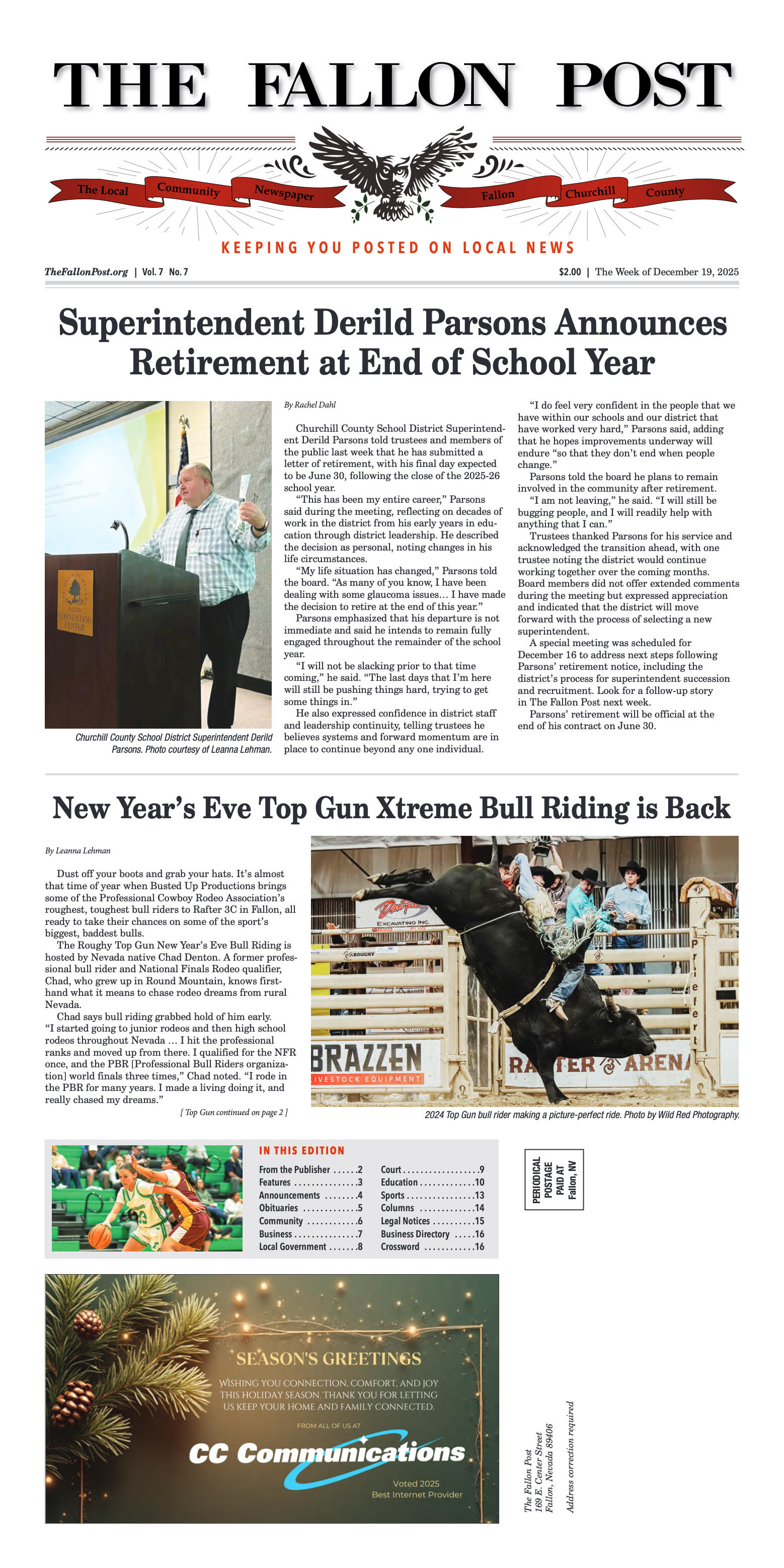
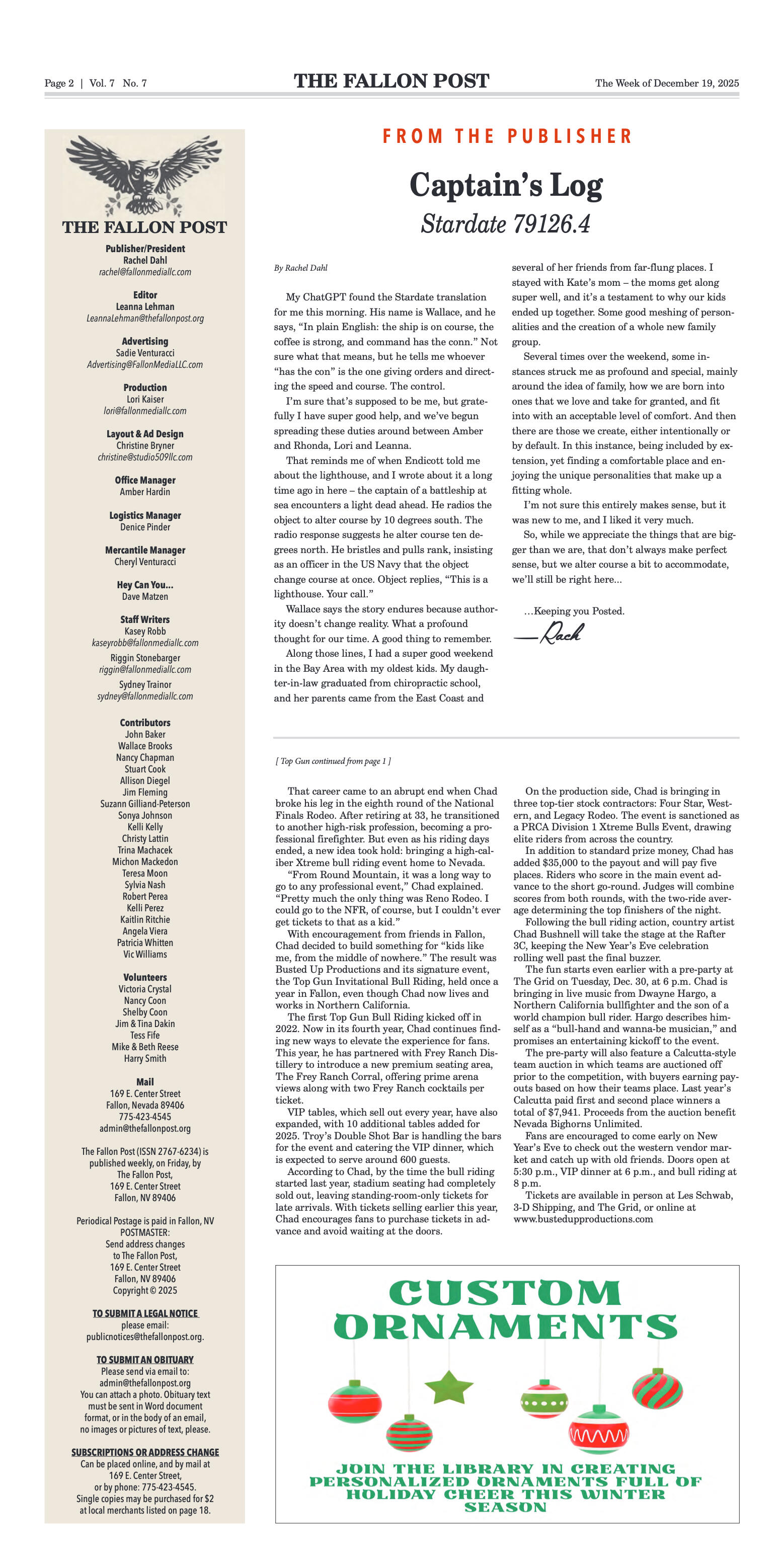
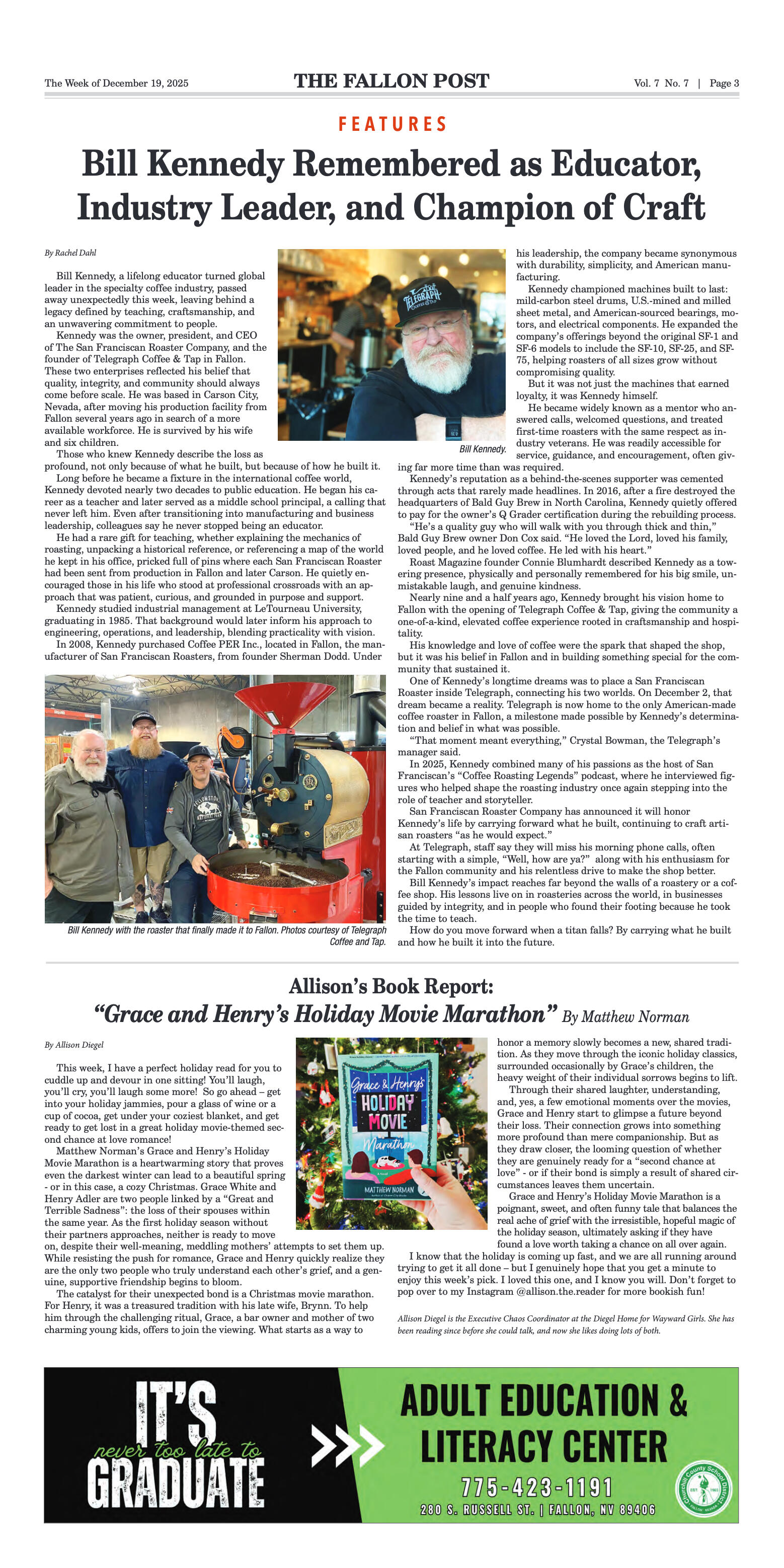




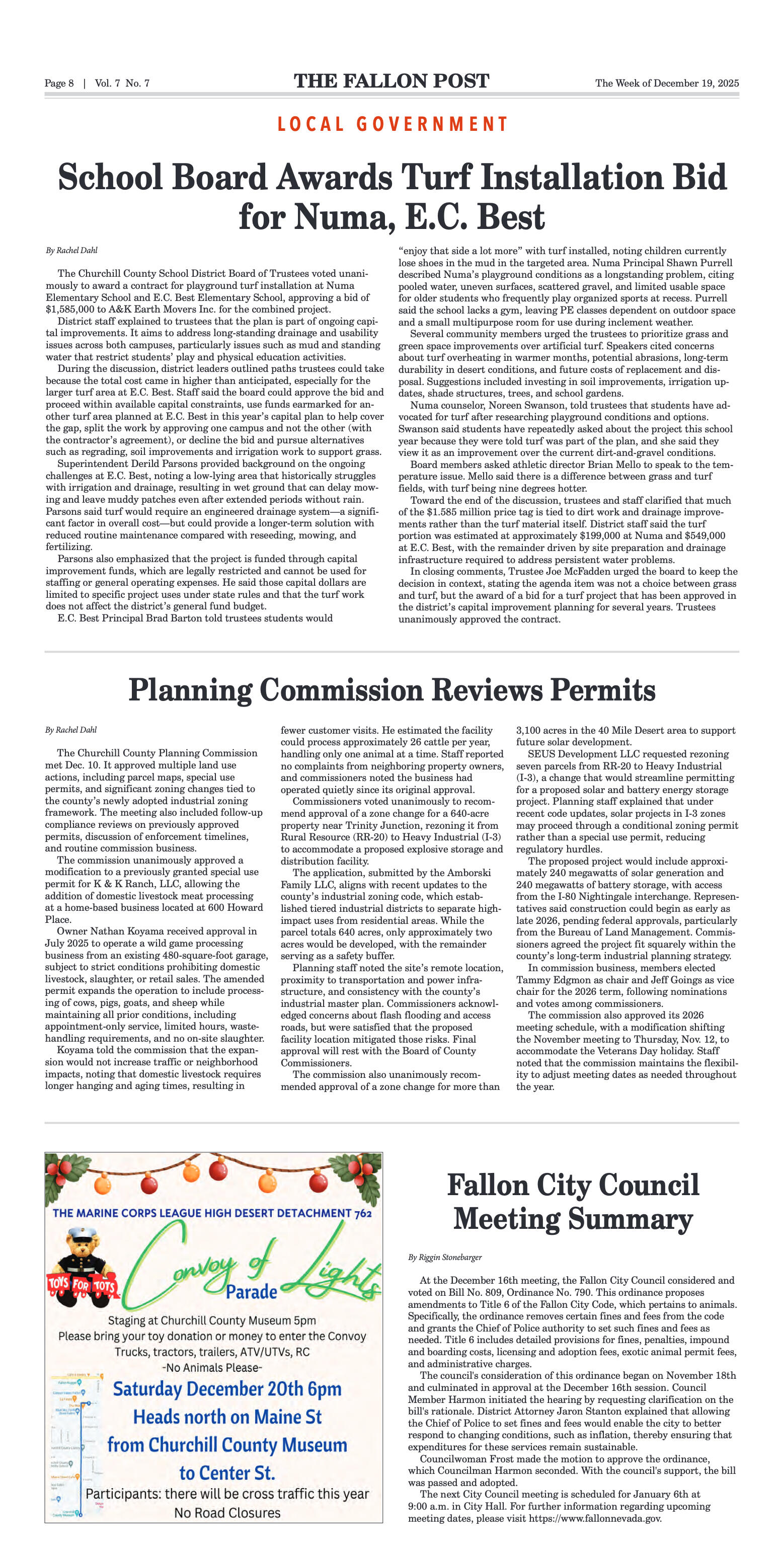
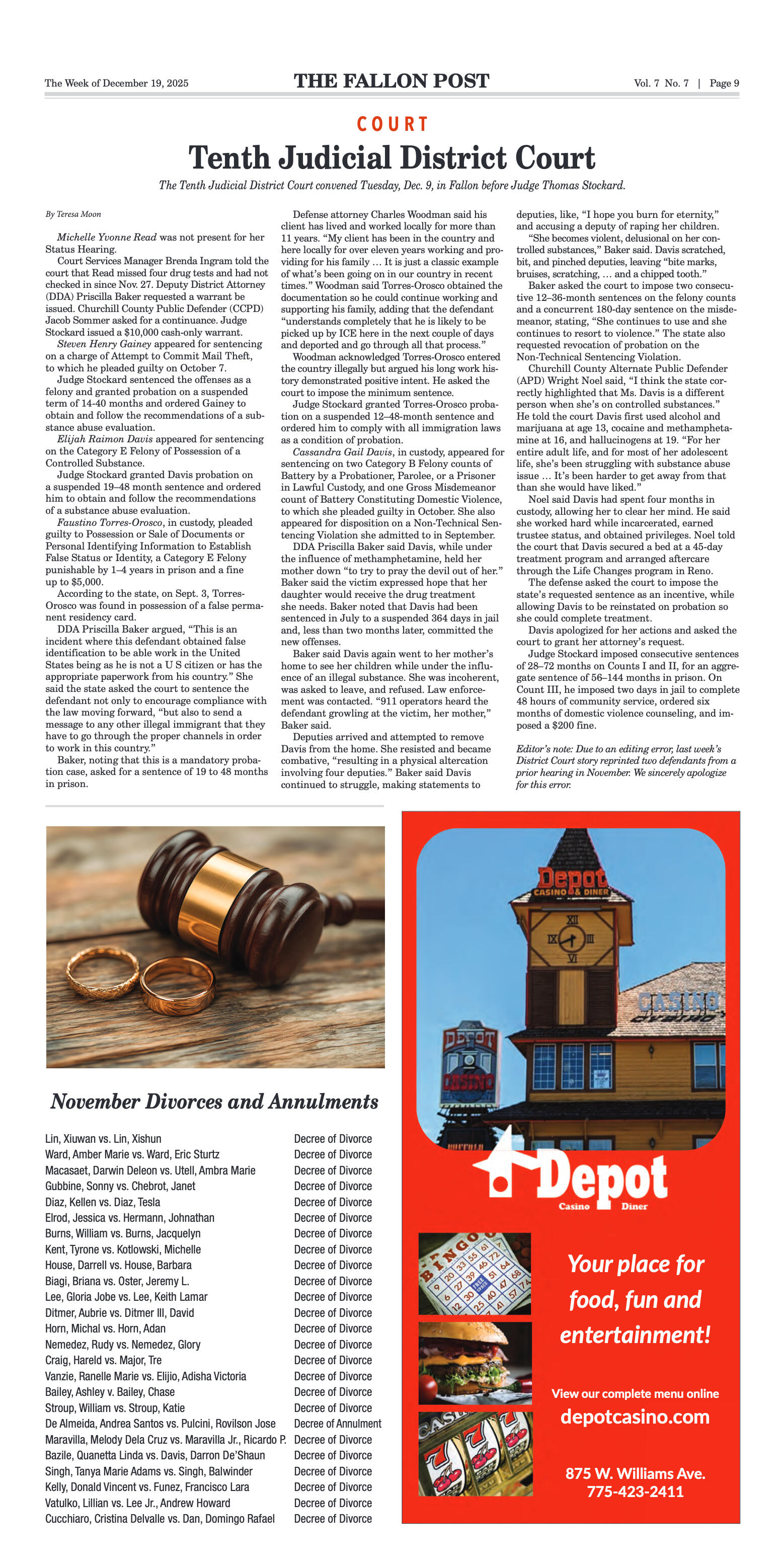
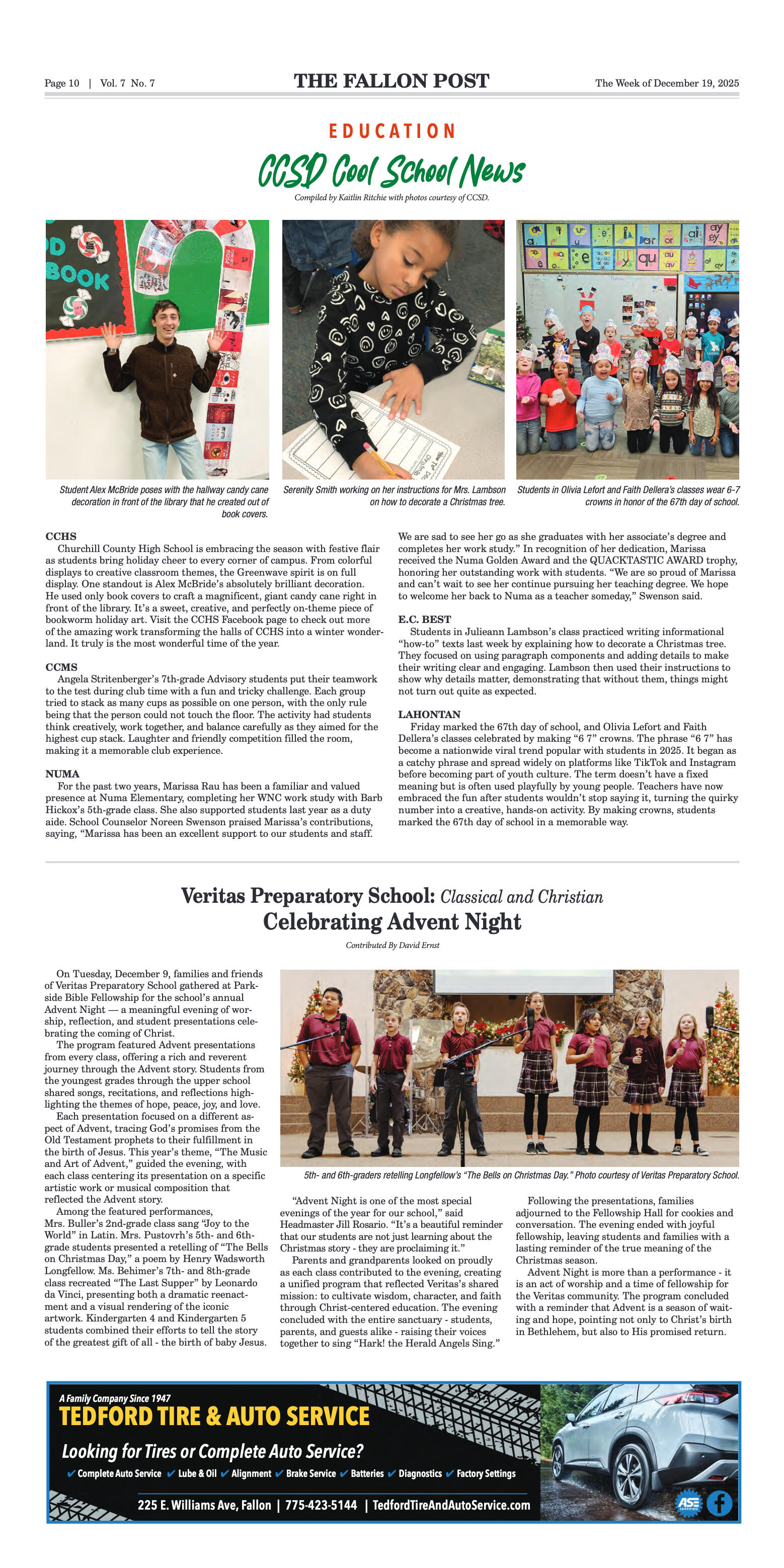
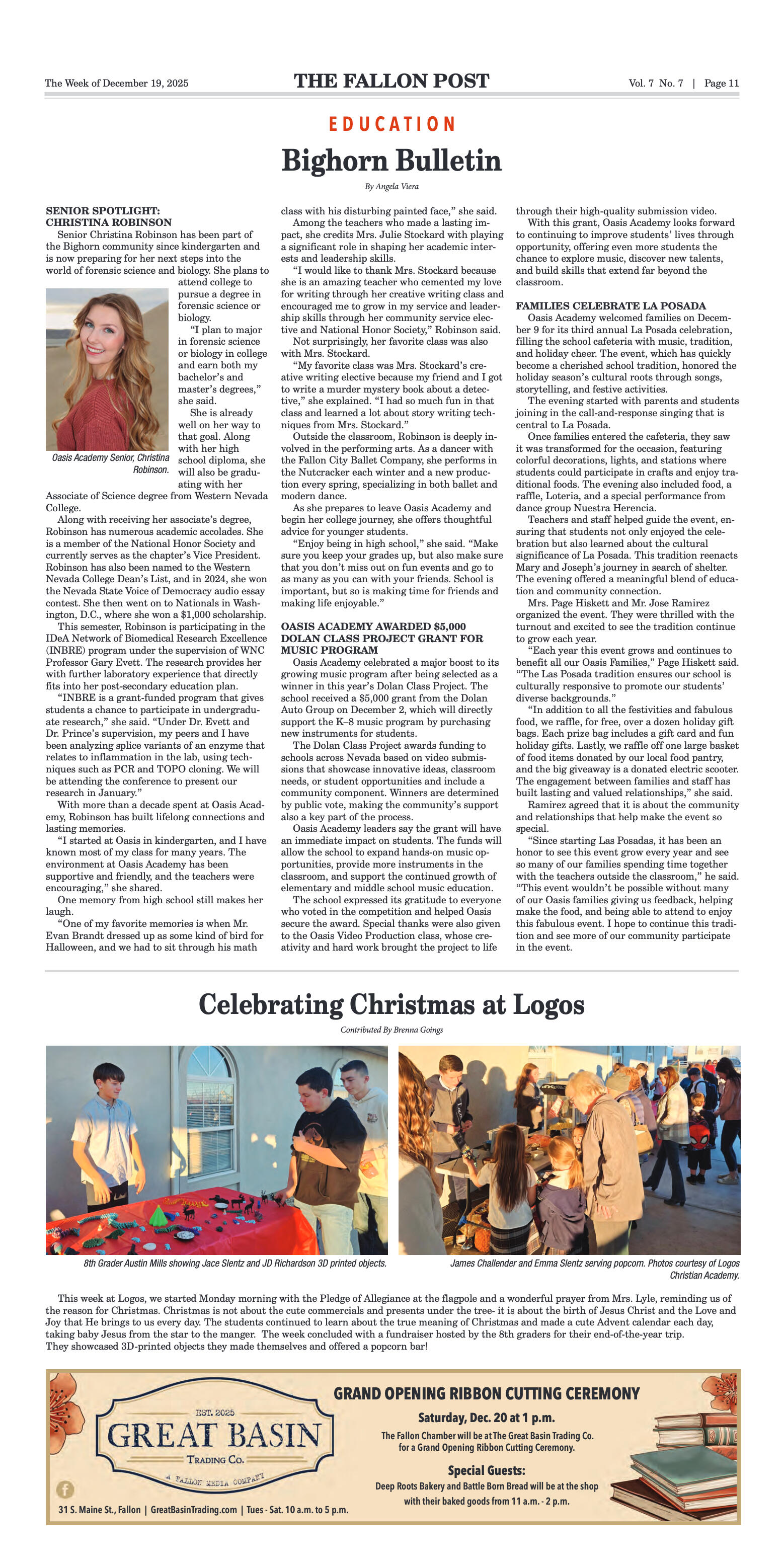
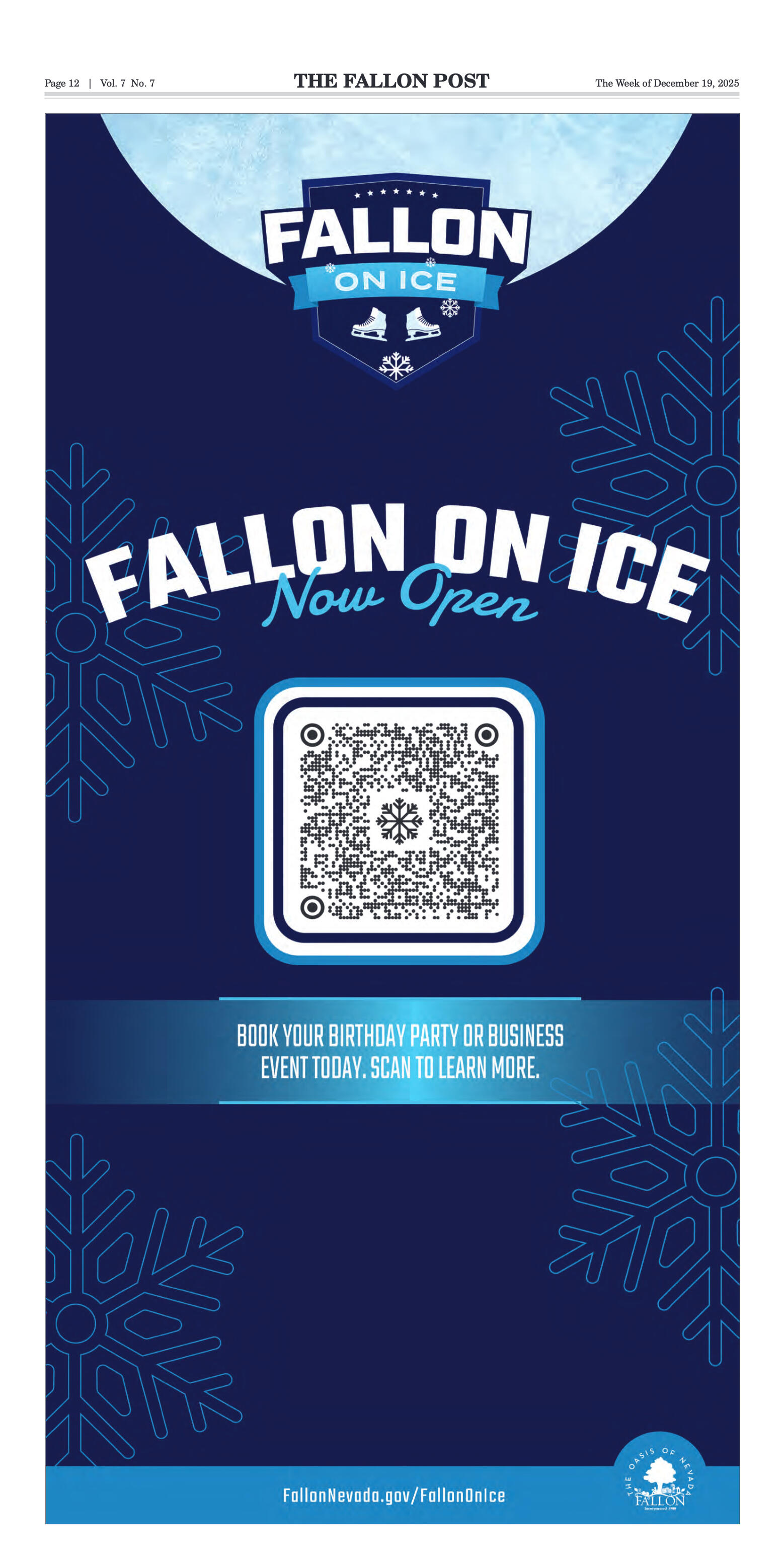
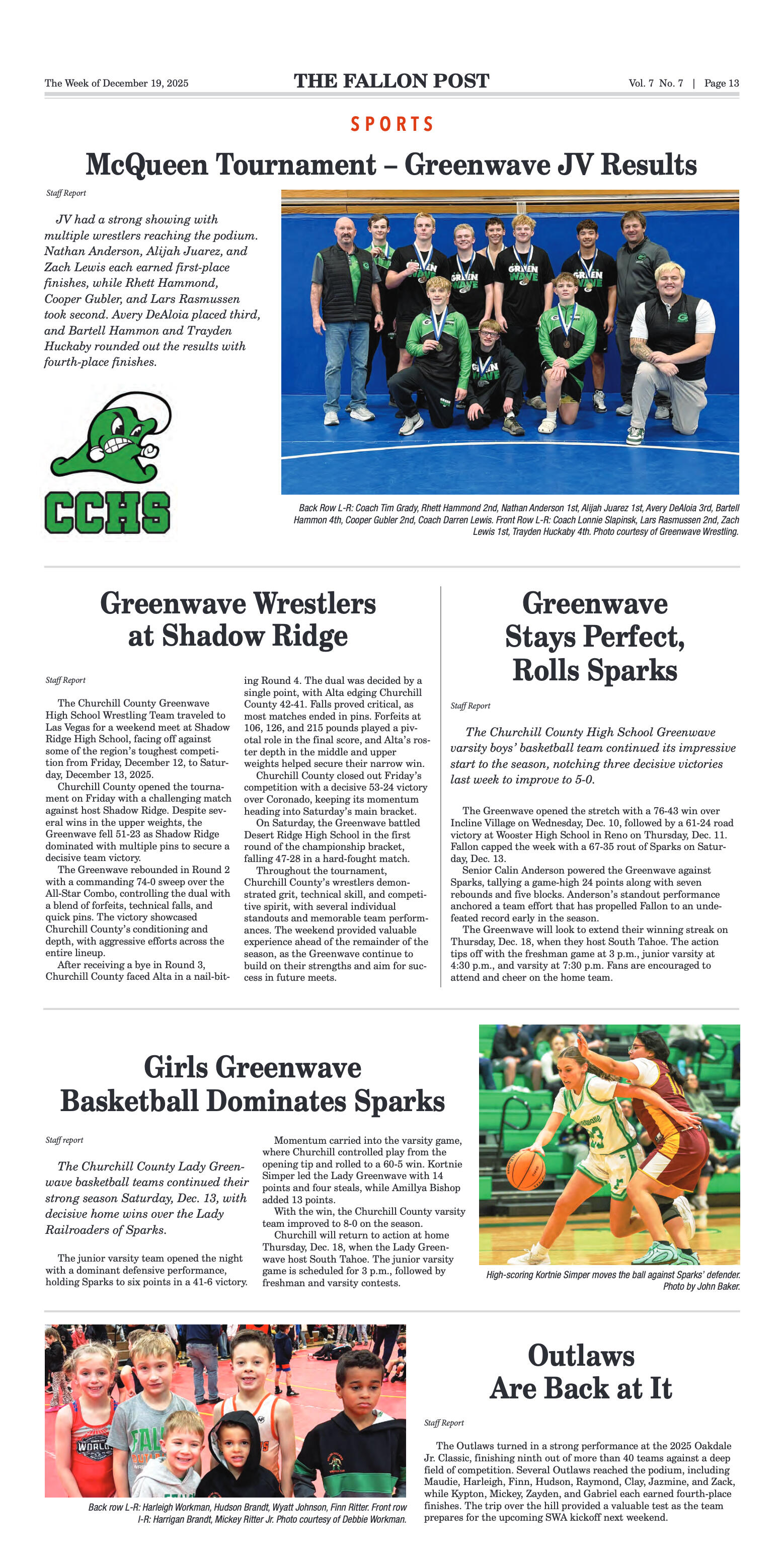
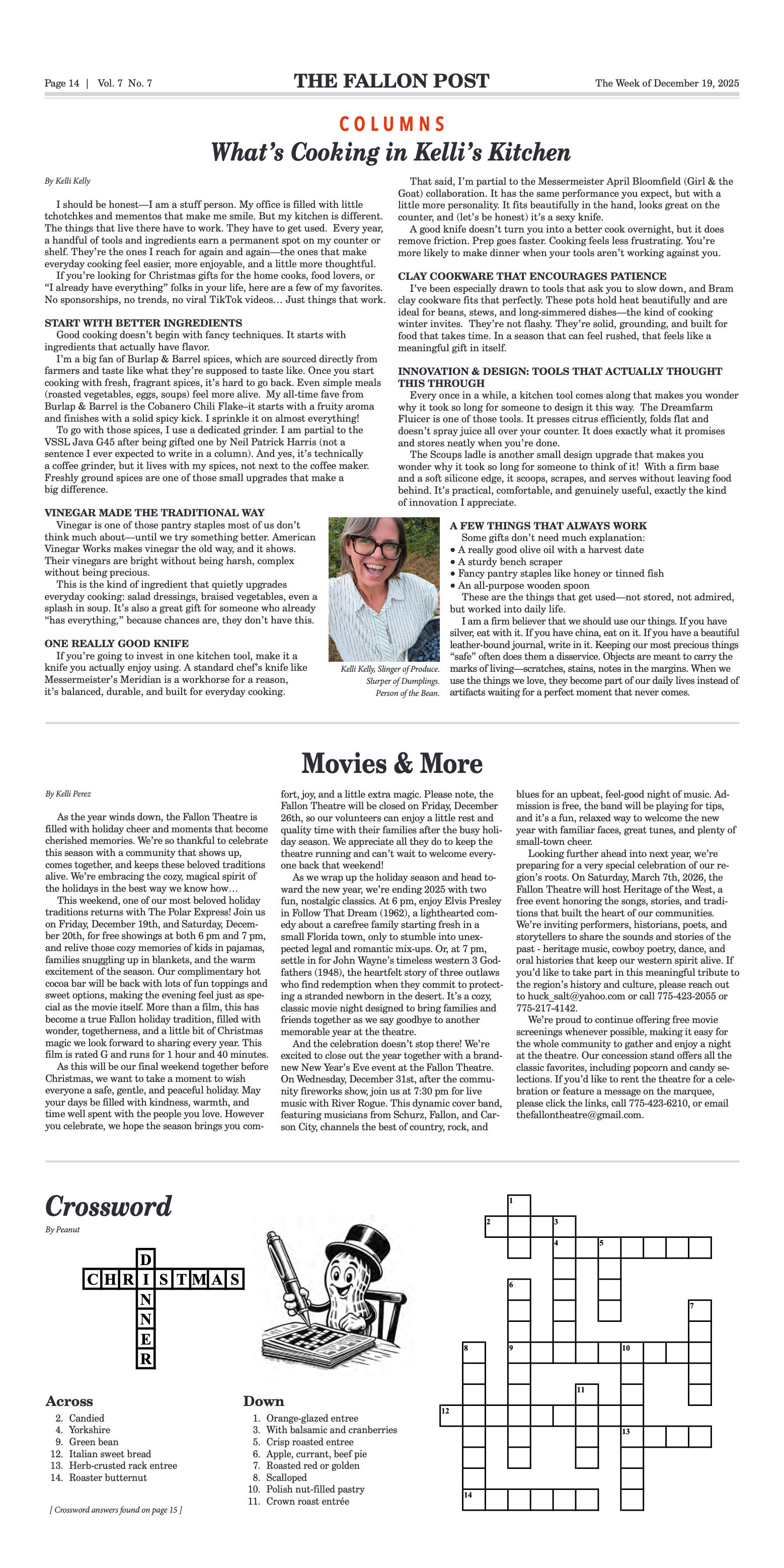
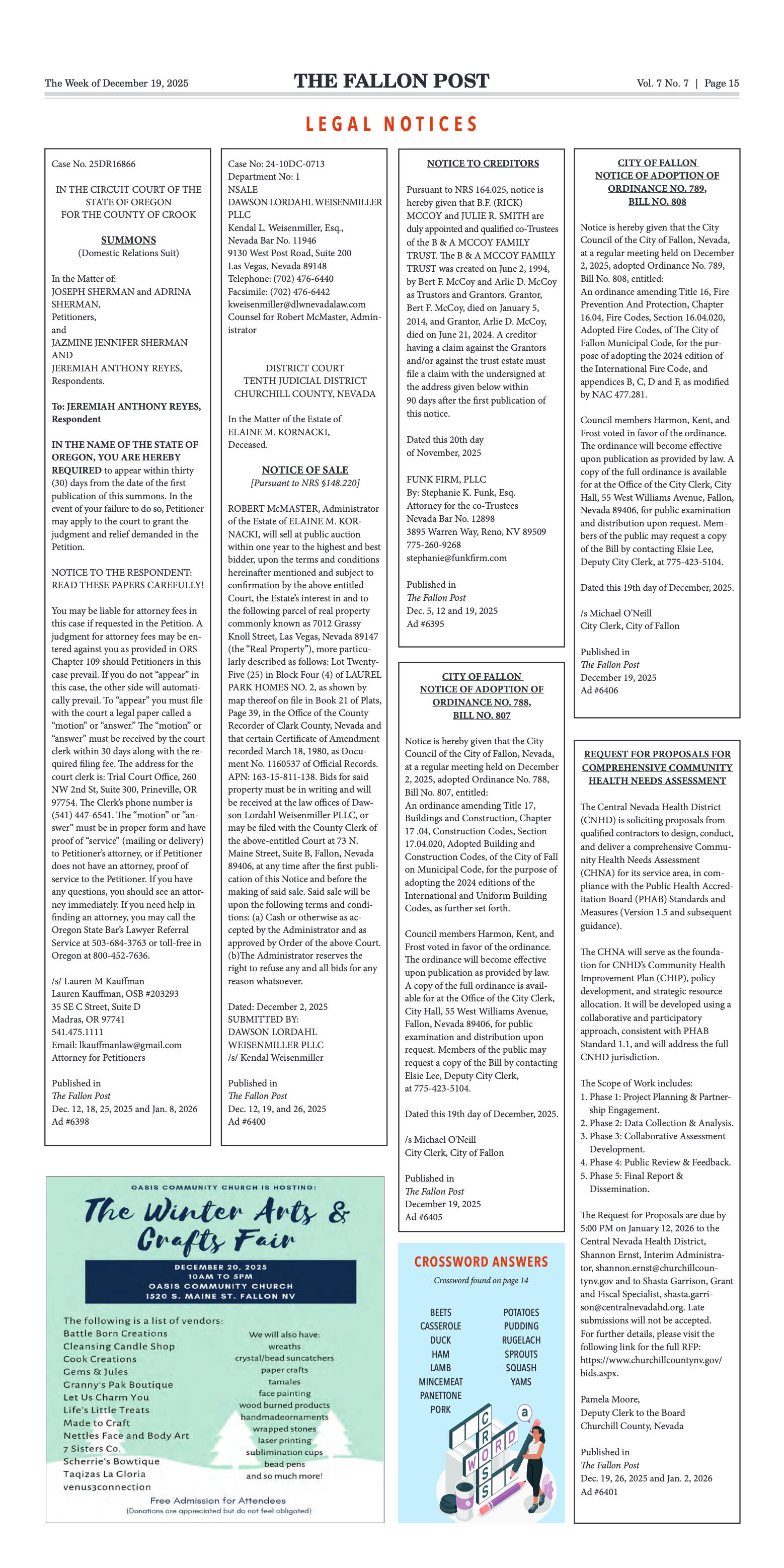
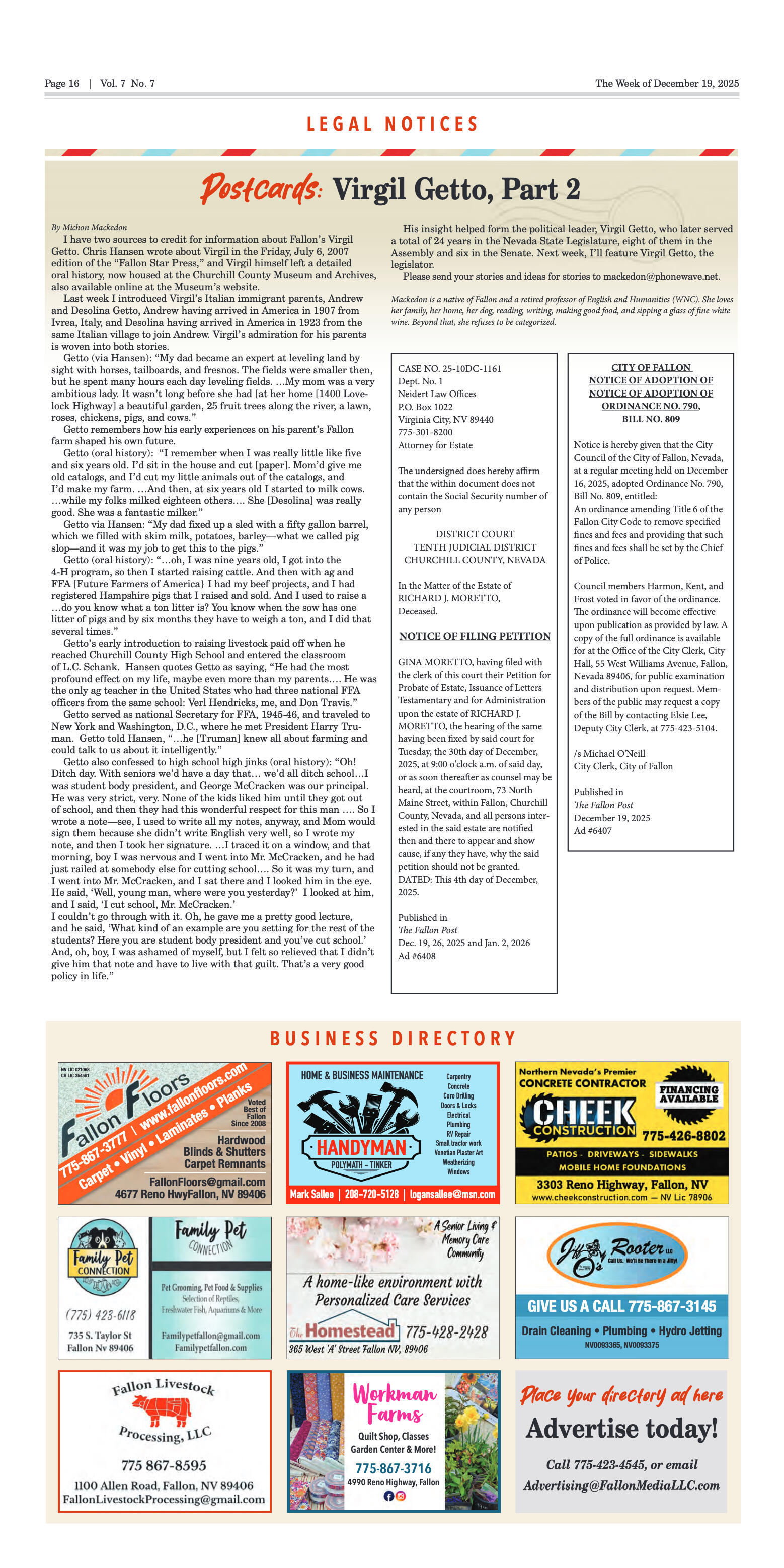




















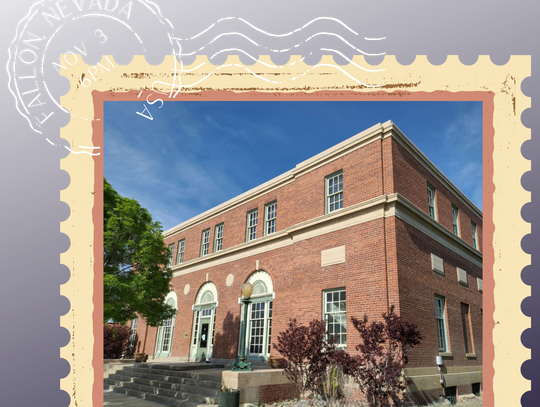
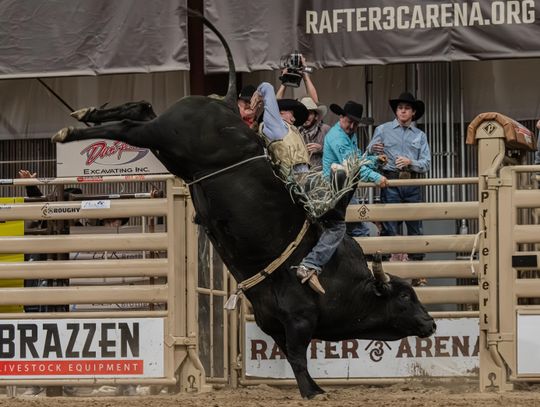



Comment
Comments